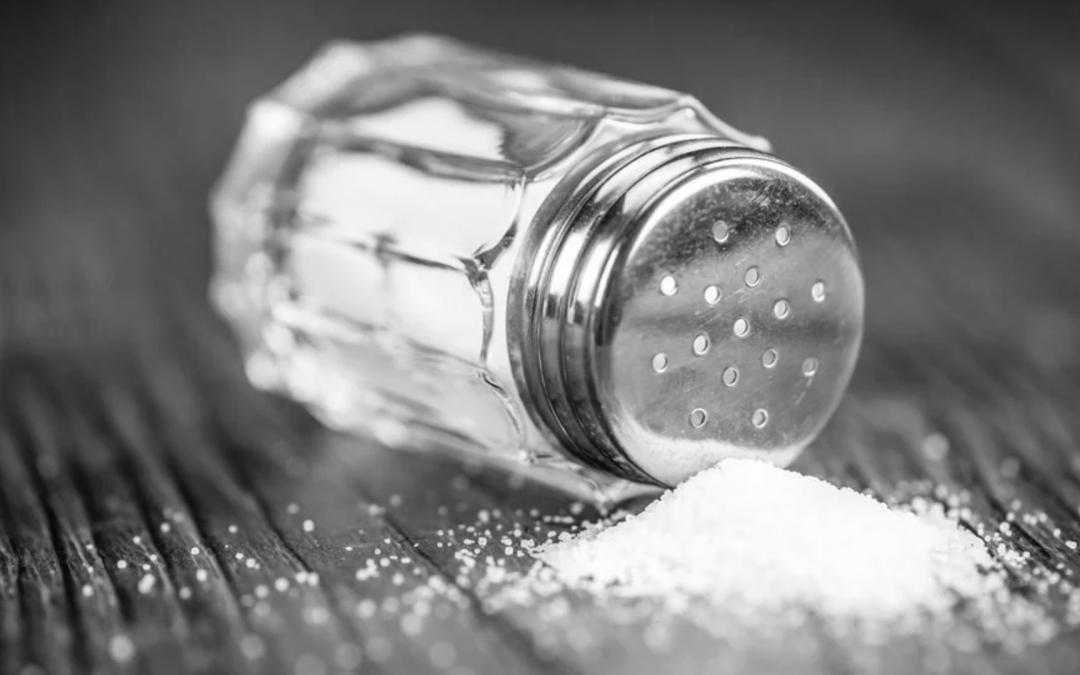The longstanding debate surrounding dietary contributors to Type 2 diabetes takes a new turn with a study from Tulane University pointing the finger at salt. While the study suggests a potential association between salt consumption and diabetes risk, scrutinizing the details reveals a more nuanced perspective. This article delves into the study’s findings, highlighting the complexities and limitations that shape our understanding of the salt-diabetes connection.
I. Unveiling the Salt-Diabetes Association: A Closer Look at the Study
Tulane University’s study, utilizing data from the UK Biobank study, sought to uncover the relationship between salt consumption and Type 2 diabetes risk. Examining records of approximately 400,000 adults over nearly twelve years, the study reported around 13,000 cases of Type 2 diabetes. The principal investigator suggests that removing the saltshaker from the table could help prevent Type 2 diabetes, but is the reality as straightforward as this assertion implies?
II. The Limitations of Observational Studies: Separating Correlation from Causation
Crucially, the Tulane study falls into the category of observational studies, offering correlations rather than causation. While the study suggests an association between salt use and diabetes risk, it cannot definitively establish a cause-and-effect relationship. The intricacies of individual lifestyles and dietary habits introduce confounding factors that challenge the simplicity of the salt-diabetes narrative.
III. The Challenge of Data Quality: Interpreting the Salt Consumption Question
The study’s reliance on a single question – “Do you add salt to your food?” – raises concerns about data quality. With limited response options ranging from “never/rarely” to “always,” the question fails to quantify the actual salt intake. Excluding salt added during cooking further hinders a comprehensive understanding of participants’ salt consumption habits. The inadequacy of this data prompts caution in drawing definitive conclusions about the impact of salt on diabetes risk.
IV. Dose-Response Effect: Navigating the Ambiguity in Salt Consumption Levels
Assessing the dose-response effect, a critical aspect of understanding salt’s role, remains challenging due to the study’s limitations. While the NHS recommends limiting daily salt intake to around 6g, the study’s data lacks precision in quantifying the potential risk associated with incremental increases in salt consumption. The absence of a clear dose-response relationship leaves room for ambiguity in translating findings into actionable guidelines.
V. Exploring Biological Mechanisms: Cortisol, Blood Pressure, and Insulin
Beyond the limitations, the study touches on potential biological mechanisms connecting salt and Type 2 diabetes. Elevated sodium in urine is suggested to be linked to increased cortisol levels, impacting blood pressure and insulin effectiveness. However, this link is established based on rat studies, emphasizing the need for further research to validate these connections in human physiology.
VI. The Holistic Approach: Salt Reduction in the Context of Overall Health
While the study leaves questions unanswered, the correlation between salt reduction and improved blood pressure in individuals with Type 2 diabetes remains evident. Emphasizing a holistic approach to health – incorporating a healthy diet, physical activity, and weight management – becomes pivotal. Rather than fixating on isolated dietary components, a comprehensive lifestyle approach offers a more robust strategy for diabetes prevention.
Conclusion: Navigating the Salty Terrain
The salt-diabetes connection, as illuminated by the Tulane University study, demands a nuanced interpretation. Acknowledging the study’s observational nature, data quality concerns, and the absence of precise dose-response insights, we tread cautiously. Salt reduction emerges as a sensible dietary goal, particularly for individuals with Type 2 diabetes, aligning with broader health recommendations. As we navigate the complexities of dietary science, a balanced and informed perspective ensures that health decisions are rooted in comprehensive understanding rather than oversimplified narratives.

Erin Balsa is a highly skilled and knowledgeable health journalist with a passion for educating the public on important health and wellness topics. With extensive experience in both traditional and digital media, Erin has established herself as a trusted voice in the field.

